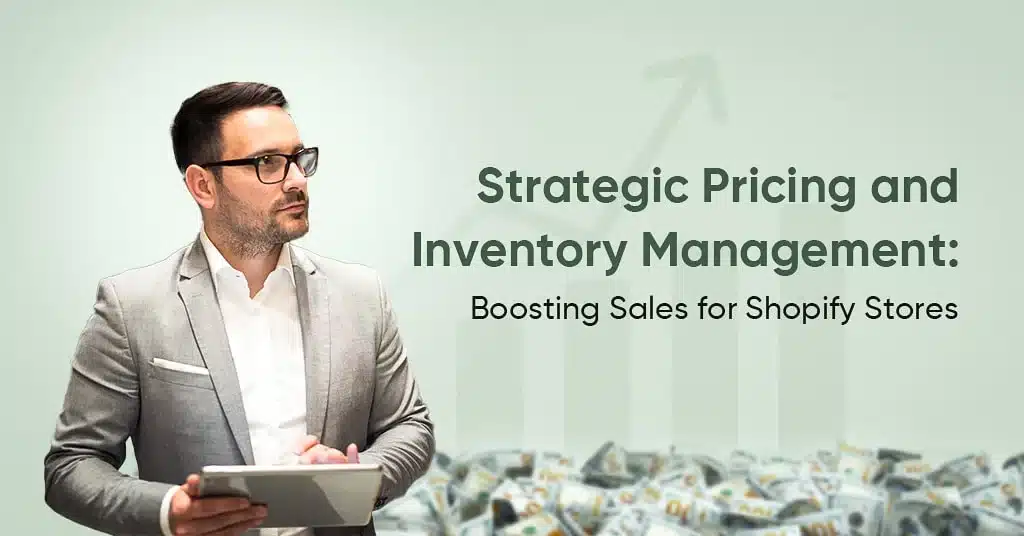Pricing Products for Excellent Returns
A. Grasp Your Costs:
Before setting competitive prices while ensuring profitability, acquaint yourself with all associated costs comprehensively. This will include the cost involved in manufacturing the product, shipping, handling overhead expenses, and of course, the profit margin you wish to secure.
B. Competitive Insight:
Analyze the pricing strategy of your competitors regularly. Strike a balance between attracting value-conscious customers and maintaining profitable margins.
C. Elastic Pricing:
Adopt an elastic or dynamic pricing strategy considering factors such as market demand, competitive pricing, and customer buying patterns. Strategically introducing discounted rates, time-bound sales, and seasonal deals can propel sales.
D. Psychological Pricing Tactics:
Employ psychological pricing tactics like charm pricing (a product priced at $9.99 instead of $10) to influence customer perception and boost sales.
E. Practical Scenario:
Let’s consider an apparel store. The store owner would need to factor in production cost, scrutinize competing fashion retailers’ pricing norms, and introduce timely discounts during holiday seasons to stimulate sales.
F. Relevant Facts:
According to a study by McKinsey, dynamic pricing can contribute to a 2-4% increase in overall returns.
Expedient Inventory Management
A. Apps as Third-Party Aids:
To manage inventory efficiently across various marketplaces, consider integrating third-party apps like Stitch Labs, TradeGecko, or Zoho Inventory. These apps offer real-time updates, mitigating the risk of overselling.
B. Manual CSV Handling:
Even with automated aids, seamless inventory management may require manual CSV updates during high-demand periods or product rollouts. This ensures accurate inventory counts.
C. Synchronization Across Platforms:
It’s advisable to choose an inventory management app that syncs effortlessly with Shopify. This guarantees inventory consistency across channels, reduces discrepancies, and provides a unified inventory.
D. Practical Scenario:
Imagine a gadget store using TradeGecko for its inventory management. This facilitates the synchronization of inventory across its Shopify, Amazon, and eBay stores, thereby preventing overselling and enhancing customer experience.
Benefits and Drawbacks of Inventory Management Apps:
Advantages:
Instant Updates: Immediate reflection of inventory changes across platforms.
Process Automation: Reduced manual errors via automated inventory tracking.
Centralized Monitoring: Convenient tracking of orders and inventory in one platform.
Drawbacks:
Pricing: Some apps may necessitate subscription costs.
Learning Requirement: Setup and usage may require initial training and adjustment.
Reliance: Heavy dependence on third-party platforms for significant operational aspects.
Relevant facts: More than half of Shopify stores utilize third-party inventory management applications for smooth operations (source: Shopify App Store).
Wrapping Up:
Employing dynamic pricing strategies and efficient inventory management is pivotal for the thriving success of a Shopify store. By utilizing third-party applications and understanding pricing fully, businesses can enhance sales performance, minimize mistakes, and provide a smooth shopping experience.
As the eCommerce platform evolves, the importance of robust pricing and inventory management strategies intensifies for success and growth. Therefore, it is essential for store owners to continuously adapt, strategize, and execute these vital elements effectively. May your journey in eCommerce yield great success through optimal pricing and seamless inventory processes.










